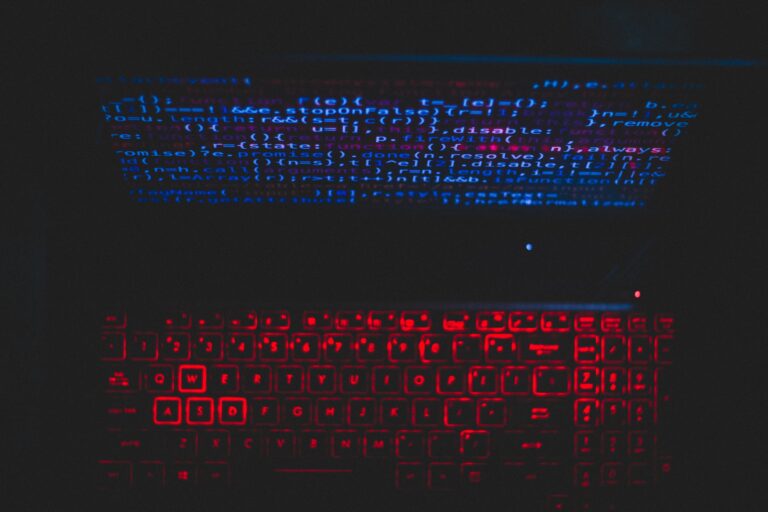Can Turnitin Detect Old Papers? A Comprehensive Guide
In the world of academic integrity, Turnitin is a well-known name. It’s a tool widely used by educational institutions to check for plagiarism in student submissions. One of the most common questions students have is: “Can Turnitin detect old papers?” This article aims to explore this question in detail, shedding light on how Turnitin works, its capabilities in detecting reused content, and tips to avoid falling into the plagiarism trap.
Understanding Turnitin
Turnitin is an online plagiarism detection service that scans submitted documents and compares them against a vast database of academic works, internet sources, and other student papers. The primary purpose of Turnitin is to ensure academic honesty by identifying unoriginal content.
How Turnitin Works
1. Database Comparison: When a document is submitted to Turnitin, it is compared against its extensive database, which includes:
– Previous student submissions.
– Academic journals.
– Books and other publications.
– Websites and online content.
2. Originality Report : After the comparison, Turnitin generates an originality report. This report highlights sections of the submitted paper that match other sources. It also provides a similarity index, indicating the percentage of text that matches other works.
Can Turnitin Detect Old Papers?
Yes, Turnitin can detect old papers. When a paper is submitted to Turnitin, it becomes part of the database. Any future submission that matches text from that paper will be flagged. Here are some key points to understand:
- Archiving Submissions : Turnitin archives all papers submitted to it. This means that if you submit the same paper multiple times, it will be flagged as a match against the original submission.
- Cross-Referencing : Turnitin cross-references new submissions against its entire database. This includes previously submitted student papers from various institutions. If there is a match, it will be highlighted in the originality report.
Detection Methods
Turnitin uses several methods to detect reused content:
- Text Comparison : It compares the submitted text against its database for exact matches and similar phrasing.
- Paraphrasing Detection : Advanced algorithms help detect paraphrased content, ensuring that merely changing a few words isn’t enough to bypass detection.
- AI Integration : Turnitin’s integration of AI helps in identifying content generated or altered using paraphrasing tools like Quillbot.
Pros and Cons of Turnitin
| Pros | Cons |
| Deterrent to Plagiarism : Turnitin discourages students from copying others’ work, promoting original thinking and writing. | False Positives : Sometimes, Turnitin flags common phrases or properly cited quotes as matches, leading to false positives. |
| Comprehensive Database : Its extensive database includes a wide range of sources, making it effective in detecting unoriginal content. | Privacy Concerns : Storing student papers in the database raises concerns about intellectual property and privacy. |
| Detailed Reports : The originality reports provide detailed insights, helping students understand what constitutes plagiarism | Over-reliance : Students and educators might rely too much on Turnitin, neglecting the importance of teaching proper citation and research skills. |
Avoiding Plagiarism Detection
If you’re concerned about your work being flagged by Turnitin, here are some tips to ensure originality:
1. Proper Citation : Always cite your sources correctly. Use quotation marks for direct quotes and provide appropriate references.
2. Paraphrasing Skills : Learn to paraphrase effectively. This means completely rephrasing ideas in your own words while maintaining the original meaning.
3. Use Original Ideas : Aim to contribute your own ideas and insights rather than relying heavily on existing sources.
4. Review Turnitin Report : If your institution allows, review the Turnitin report before final submission to address any flagged sections.
What to Do if Your Paper is Detected
If Turnitin flags your paper for reused content, consider these steps:
- Review the Report : Understand why certain sections were flagged. It could be due to poor paraphrasing or missing citations.
- Revise the Content : Rewrite the flagged sections in your own words and ensure all sources are properly cited.
- Consult Your Instructor : If you’re unsure about the report or how to address the issues, seek guidance from your instructor.
Conclusion
Turnitin is a powerful tool for maintaining academic integrity by detecting reused content, including old papers. While it can effectively identify plagiarism, it’s essential for students to understand the importance of producing original work. Proper citation, effective paraphrasing, and a genuine effort to contribute unique ideas are key to avoiding plagiarism detection. By embracing these practices, students can ensure their academic work is both honest and original.
FAQs
Can Turnitin detect work that has been paraphrased? Yes, Turnitin can detect paraphrased work if the paraphrasing is not done effectively. It uses advanced algorithms to identify similarities in sentence structure and wording.
Can I remove my paper from Turnitin’s database? Yes, in some cases, you can request your instructor to ask Turnitin to remove your paper from its database. However, this is not always guaranteed and depends on the institution’s policies.
Is it possible to avoid Turnitin detection? Avoiding Turnitin detection is challenging and unethical. The best approach is to produce original work and properly cite all sources. Attempting to bypass detection can result in severe academic consequences.






